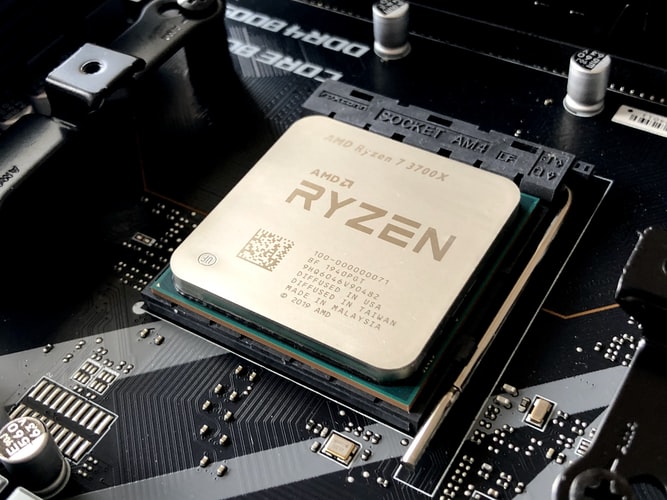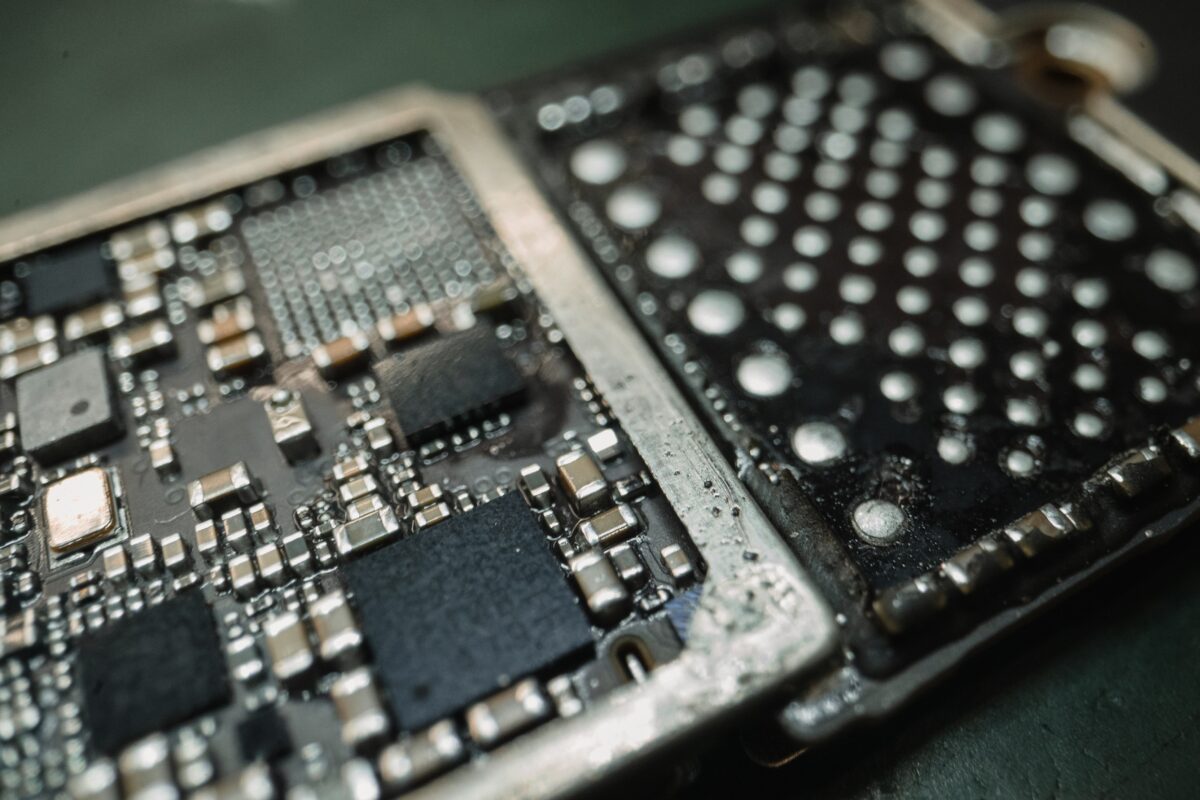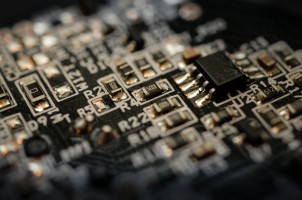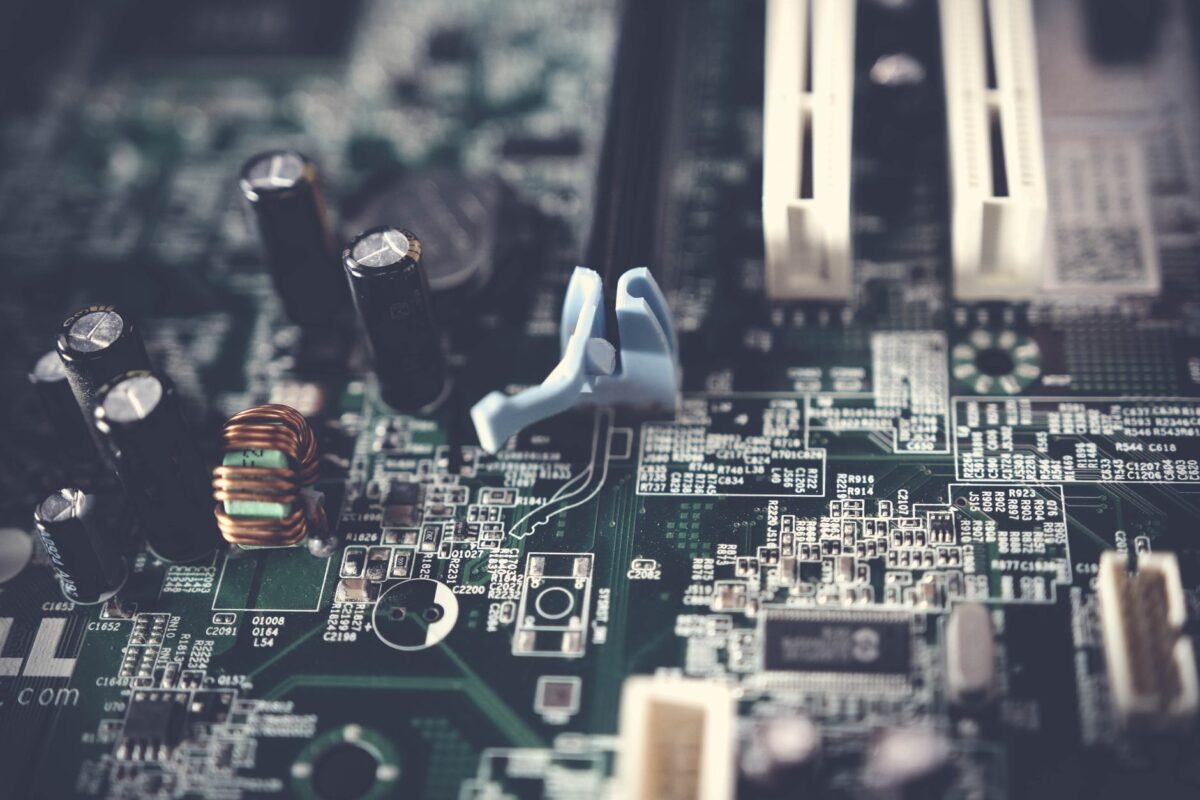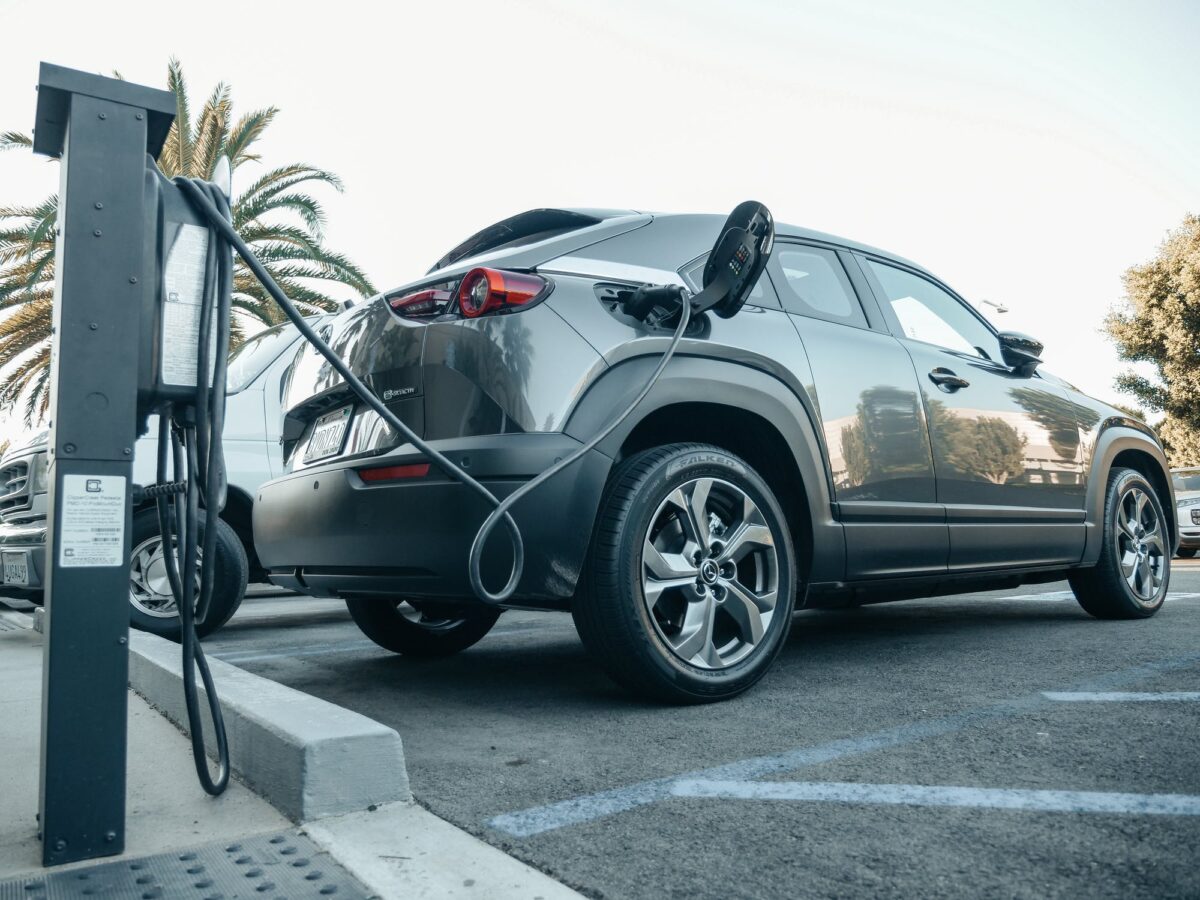The global electronic component shortage – what happened?
Arguably the biggest ongoing crisis in the tech industry is the global semiconductor shortage. You can’t go far online without seeing news about it, and many people have seen it firsthand when trying to buy a brand-new car, or a recently released games console.
When did it start?
The obvious factor contributing to the shortage is COVID-19. The virus infected millions and sent the world into lockdown, which then led to the housebound masses logging in and going online.
At the start of lockdown in March 2020, 60% of 18-24-year-olds were increasing their use of home delivery instead of leaving the house. Amazon’s revenue also rose at a quicker pace than in previous years, with the company making $88.91 billion in Q2 2022.
Alongside the increase in online shopping came an increase in other digital activities like PC and console gaming. In the last quarter of 2020 desktop, notebook and workstation sales rose to a record 90.3 million units. Tech company Sony saw 25% of its revenue come from game and network services, and around 18% from electronics products and solutions.
In another case of bad timing, both Microsoft and Sony were about to release their next generation of game consoles, and Nintendo Switch sales were booming. All of this meant demand for components was skyrocketing.
This then led to delays in car manufacturing. Why? Because all the available chips were being bought up by computer and electronics manufacturers, so there were none left for the automotive industry. A car part may need between 500 and 1,500 chips, and are used for many parts including the dashboard display and to control the airbag.
There were other elements that contributed to the shortage before this: The US and China had been imposing increasingly high tariffs on each other for the past two years, and natural disasters and fires took out several factories in Japan, Taiwan and China.
When will it end?
The comeback from the semiconductor shortage will not be quick. Some factories that were shut down by natural disasters are still repairing the damage and trying to reopen production. But as the demand is staying high, there will need to be new facilities created to cater for the increase in demand.
The time, expertise and money needed to start a new factory will be too much for smaller firms to manage, so then the hole in the market needs to be filled by larger corporations like Intel and Samsung. Both companies currently have plans to open new fabs in America, but it will be a while before they can start production.
Intel’s ambitious plan to construct the one of the largest chip factories ever in Ohio would alleviate demand, but is not due to start production until 2025. Similarly, Samsung’s Texas fab will not be operational until 2024.
Despite smaller factories opening, the substantial backlog will not be solved by these alone. There will need to be a combination of an increase in production, time efficiency and, with the pandemic in mind, automation to decrease person-to-person contact. There will also need to be a stock of chips manufactured to avoid shortages in future.
Europe and America have both put an emphasis on increasing their domestic chip production in the next decade, in the hopes that this will prevent importing issues in the future.
The speed at which technology is currently being developed also puts manufacturers in a tight spot. Not only are more electronic devices being produced all the time, but the technology of the components within them is also advancing quickly.
While it is difficult to forecast entirely, experts say the shortage could last a few more years. Hopefully, with the opening of the larger plants estimated for approximately the same time, the chip shortage might be mitigated by 2025.
We can help
The market is currently just as competitive in the case of other electronic components, but Cyclops can help. With our extensive stock of day-to-day and obsolete components, we can supply you when others cannot.
For all your component needs, contact Lantek today at sales@lantekcorp.com. Or submit a rapid enquiry through our website.


